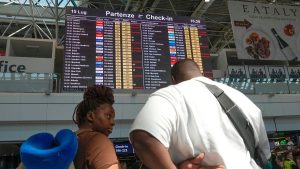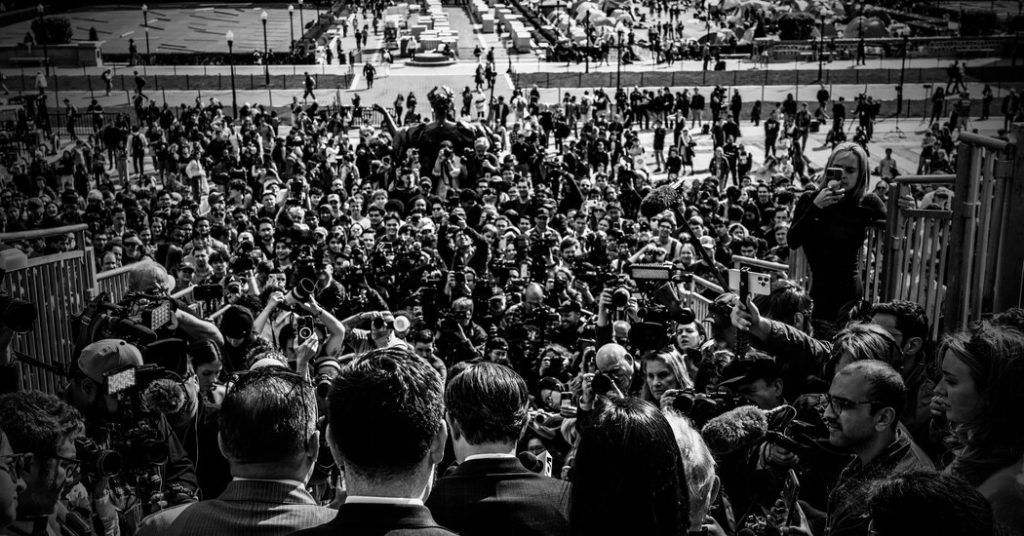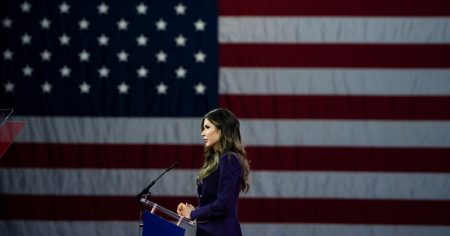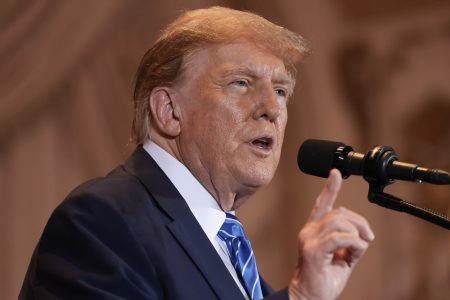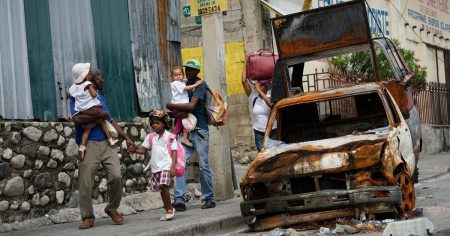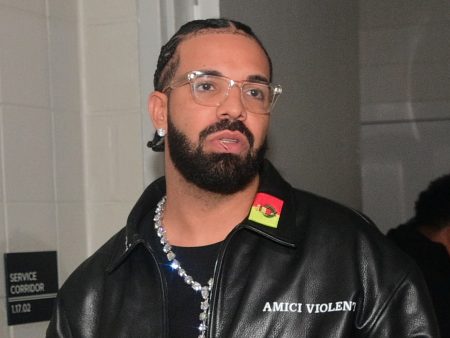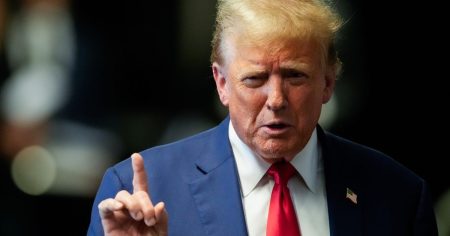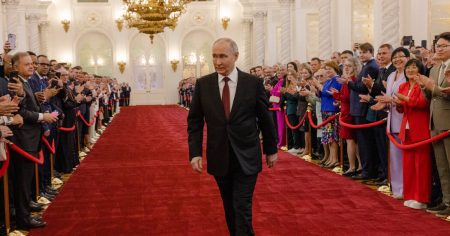The protests surrounding the Israel-Palestine conflict at schools like Columbia University have become a focal point of contention, with conflicting reports and social media clips painting vastly different pictures of what actually happens at these protests. While some claim these protests involve violent, antisemitic actions that require National Guard intervention, others see them as peaceful demonstrations in support of ending the conflict in Gaza. The author, who spent time reporting on the protests firsthand, acknowledges troubling aspects but also notes the importance of the protesters’ cause, to end what may be one of the most brutal military operations for civilians in the 21st century.
Following the involvement of the New York Police Department in dispersing protesters at Columbia University, similar copycat encampments and incidents of police intervention have sprung up at various campuses across the country. The author describes peaceful, creative protests at the Columbia University encampment, where students engaged in discussions, artwork, and yoga. However, outside the campus gates, tensions were higher, with instances of provocation between pro-Israel and pro-Palestine groups, and various opportunists joining the protests for their own agendas.
The understanding of these protests largely depends on one’s perception of the situation in Gaza, with pro-Palestine protesters being seen as either brave advocates against genocide or collaborators in antisemitism, depending on one’s perspective. Jewish students at Columbia expressed both fear and skepticism of the protests, with some feeling targeted and unsafe while others dismiss the notion that the protests pose a danger to them. The complexity of these sentiments underscores the fraught nature of the situation for those involved on both sides.
Amidst the protests, instances of antisemitism have been reported, with hateful slogans and videos circulating online, contributing to the conflicting narratives surrounding the protests. The author details the presence of problematic statements by some protesters, including one leader who made concerning remarks about Zionists during a speech. While some interactions and chants were uncomfortable and potentially inflammatory, the author distinguishes them from a crisis warranting drastic interventions like calling in the National Guard.
Reflecting on past protests, such as the anti-Vietnam War movement, the author draws parallels to the present-day pro-Palestine protests, acknowledging the potential for unsavory tactics and slogans amidst a larger movement for a just cause. While acknowledging the presence of antisemitism within the movement, the author cautions against dismissing the protests entirely, given widespread concerns about Israel’s military operation in Gaza. As the protests continue to evolve and spark debates, the author emphasizes the importance of understanding the underlying motivations driving both the protesters and their critics.


